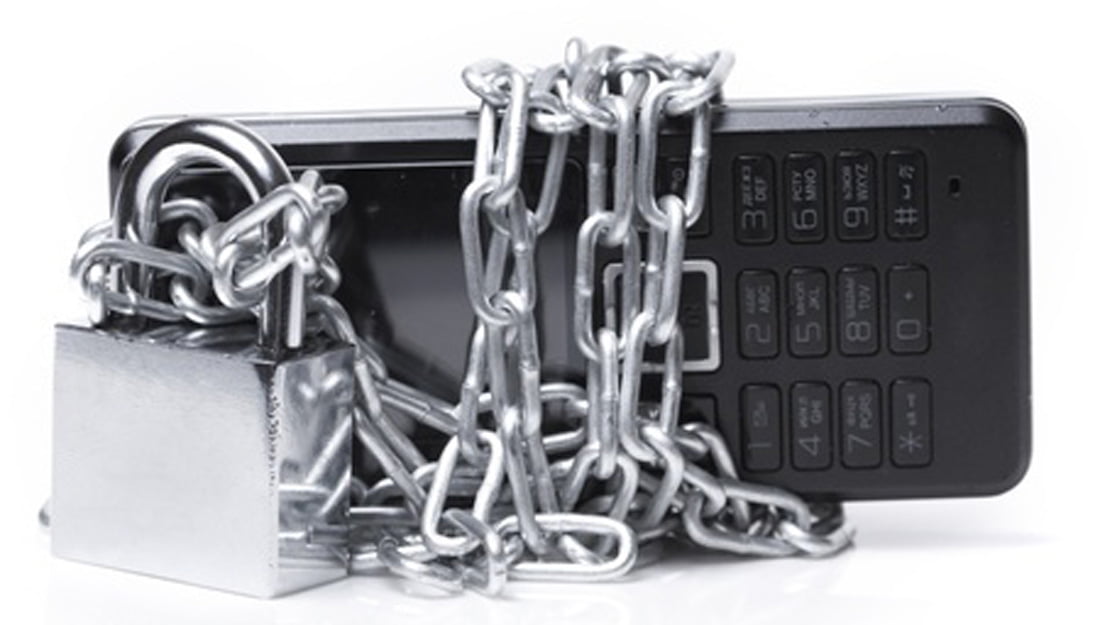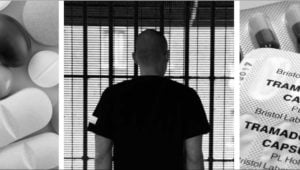Illicit prison phones to be cut off
Last week (5 January 2015) the MoJ issued a press release from Prisons Minister Andrew Selous announcing an amendment to the Serious Crime Bill which would compel phone networks to block mobile phones and SIM cards which were being used illegally in prison.
There are a number of problems with illegal mobile phones inside. The main ones being bullying and prisoners who continue to run drug dealing operations from inside or intimidate witnesses to try to stop them appearing at upcoming trials. The problem has certainly got much worse over the years – in 2013 a total of 7451 mobile phones or SIM cards were seized in English and Welsh prisons (up from 6959 the previous year).
Of course, communication between prisoners and home is essential and the slow introduction of phones in prison cells in some English (privately run) prisons is a very positive step in the right direction.
However, the focus of this post is the different approaches that prison authorities have taken to blocking the use of phones inside.
[divider]
Current approaches
In addition to the usual searching procedures, the Prison (Interference with Wireless Technology) Act 2012 enabled the Justice Minister to authorise prison governors to use blocking technology to detect and investigate the use of mobile phones inside.
These powers were tried in a number of prisons but proved largely ineffective since it was difficult to limit the technology to prison accommodation without affecting nearby buildings. The same approach was tried in India and proved problematic there too. However, new mobile jamming equipment trialled in Scotland in Spring 2014 is reported to be more successful with just over 200 mobiles detected in HMP Shotts and HMP Glenochil during the first six weeks – more than double the amount confiscated in the whole of the previous year.
Prison authorities in Mississippi also tried jamming phones but this turned out to be both illegal and impractical with prison staff not being out to use their phones for legitimate reasons. So, in 2010, they implemented and managed their own cellular access system at the Parchman state penitentiary (very well known to blues fans mainly for the number of recordings made there by Alan Lomax).
Essentially, the prison cell site becomes the preferred network for anyone trying to use a mobile phone inside. This enables calls from approved phones to be passed on to their normal network, but transmissions from unknown or unapproved phones can be blocked. The system is not foolproof, but is reported to have greatly reduced the use of illegal phones.
[divider]
The new amendment
Details of how the MoJ’s proposed new powers will work are limited in the press release but it seems clear that prisons will have to apply to the courts for each number they find to be illegally operating inside.
This seems to be a rather cumbersome, lengthy and potentially expensive process which makes me wonder how much the new amendment will be used in practice.
Certainly the MoJ will want to be seen to be doing something to restrict the number of articles in the press featuring selfies posted to Facebook from inside prison walls, such as this one in last week’s Daily Mirror. The ones below all featured in the national or local press over the last two years:
If you work in a prison and have experience of tackling the use of phones inside, please share any news and views by the comment section below.











